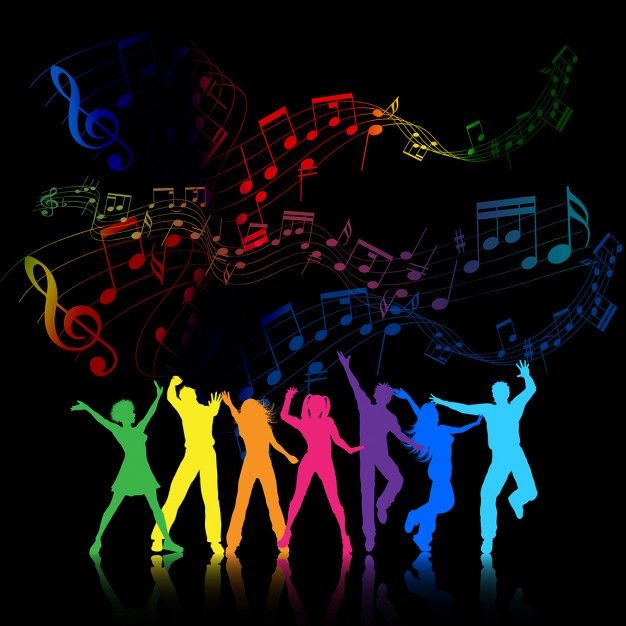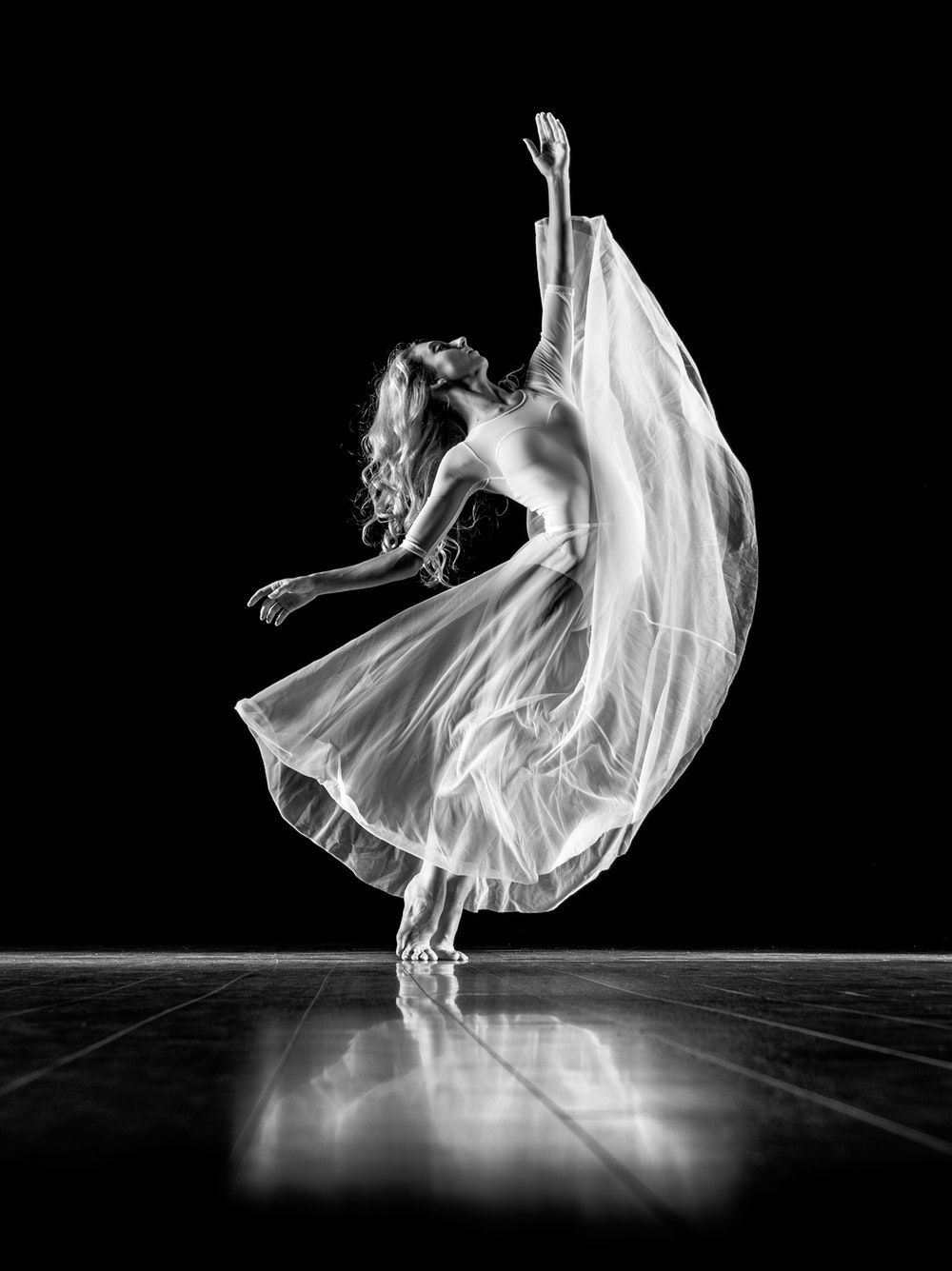Dance offers a new perspective to view the world. So much of our thinking is done with words. Social justice movements organize around reclaiming language, redefining words, creating vocabulary. We read, write, text, call and speak every day. But not everyone's brain works best with linguistics, and even those who excel at language have trouble communicating in different cultures or expressing something that linguistics can't do justice.

Dance can bridge this gap. Steps conveyed on stage can embody and transmit feelings to the audience, producing an incredible intimacy that takes ages to build in daily relationships. The guardedness and baggage around language (proper grammar, politically correct speech, different vocabularies) fall away when we communicate with movement. Ideas are shared that may be difficult to articulate, but are deeply understood.

I recently performedSwing, a piece by Olivier Wevers about suicide and depression. These topics, as charged as they are, are difficult to discuss, but the tension of the choreography aptly communicated the struggles of depression. This beautiful piece didn't tell the audience what to think, but viscerally showed them how it can feel to be so deeply hurt and hopeless. It was an uncomfortable piece, both to watch and perform, but left viewers with a deep empathy.

